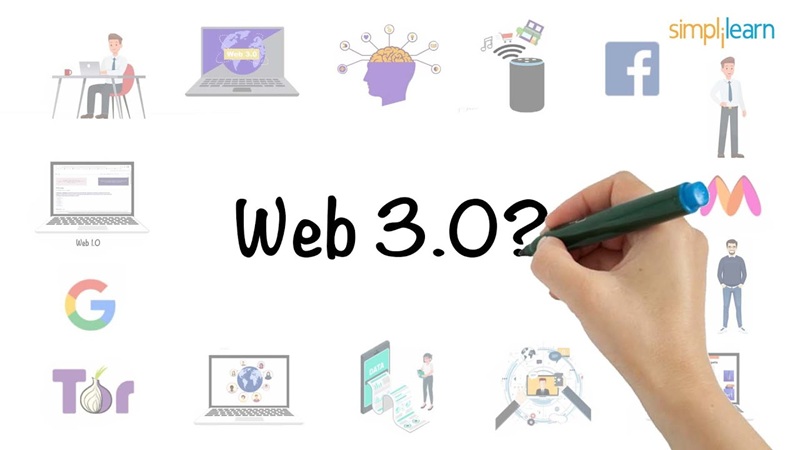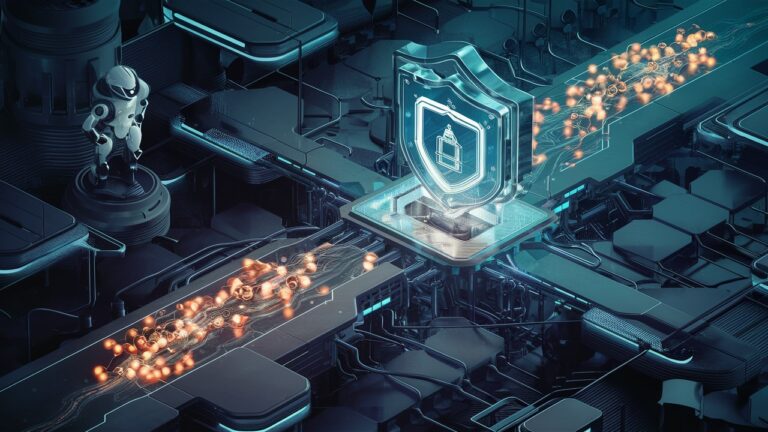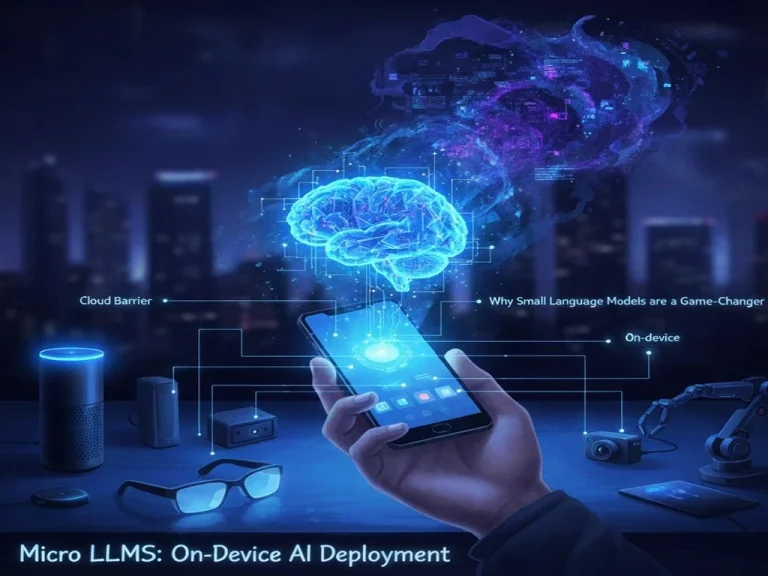
INTRODUCTION: About Web 3.0
Over the last few years, the term Web 3.0 was bandied about within technology circles as virtual confetti. Blockchain fans, venture capitalists, and even meme culture have all raised their flags over Web 3.0, fueling arguments, investments, and innovation in equal measure.
But is it actually a paradigm shift that will change our internet experience forever? Or is it simply another bright buzzword that will expire like so many others?
In this in-depth guide, we’ll break down it in clear, jargon-free terms. Explore its core technologies, practical use cases, criticisms, and where it might lead us by 2030.
What is Web 3.0? (In Simple Words)
It refers to the third generation of internet technology that aims to be:
- Decentralized (no single authority controls it)
- Open and permissionless
- Smart through AI and Machine Learning
- User-owned, powered by blockchain and token economies
If Web 1.0 were static pages, and Web 2.0 were interactive sites such as Facebook and YouTube, then Web 3.0 is about users owning data, digital identities, and digital assets.
It’s not a new web site or browser—it’s a new infrastructure for the web.
Key Features of Web 3.0
1. Decentralization
Whereas Web 2.0 platforms are operated by tech giants (such as Google or Meta), Web 3.0 applications are executed on peer-to-peer networks or blockchains. No central authority governs them.
2. Blockchain Technology
The foundation of many Web 3.0 projects. Blockchain provides data immutability, transparency, and trustless transactions.
3. Artificial Intelligence & Semantic Web
Web 3.0 incorporates smarter search engines and systems that understand context, not just keywords. Think Google that truly “gets” your intent.
4. Ownership via NFTs and Tokens
Your social media profile? Your game skin? or Your music files? In Web 3.0, you can truly own and transfer them thanks to non-fungible tokens (NFTs).
5. Interoperability
Apps and platforms can communicate seamlessly—your identity, preferences, and digital wallet could work across different websites without separate logins.
Real-World Examples
| Platform | Web 3.0 Feature | What it Does |
| Uniswap | Decentralized Finance (DeFi) | Swap crypto assets without a bank or middleman |
| Brave Browser | Tokenized Rewards | Get paid in BAT tokens for viewing ads |
| Decentraland | Virtual Real Estate | Buy/sell land in the metaverse |
| Lens Protocol | Decentralized Social Media | Own your profile and followers |
| IPFS (InterPlanetary File System) | Decentralised storage | Stores files without central servers |
These platforms give us a sneak peek into what a Web 3.0-powered ecosystem could look like—if it becomes mainstream.
How Does Web 3.0 Actually Work?
At the core, it uses blockchain networks (like Solana, Ethereum, or Polkadot) to build and create decentralized applications (dApps). These apps:
- Run autonomously through smart contracts
- Allow users to sign in with a wallet, not an email
- Let you earn rewards in crypto tokens
- Ensure transactions are public, irreversible, and secure
Meanwhile, AI algorithms (like GPT models, recommendation engines, etc.) add a layer of intelligence by interpreting user behavior, automating tasks, and suggesting relevant content.
Tech Stack Behind Web 3.0
- Blockchain protocols: Ethereum, Solana, Polkadot
- Smart Contracts: Self-executing code for automation
- Oracles: Services like Chainlink bring real-world data to blockchains
- Decentralised Storage: IPFS, Filecoin, Arweave
- Identity Solutions: ENS (Ethereum Name Service), SBTs (soulbound tokens)
- AI & ML: For personalization, semantic search, predictive insights
Why Web 3.0 Matters for the Future
1. True Data Ownership
No more big tech harvesting your info without permission. Web 3.0 lets you control your data.
2. No Censorship
Content can’t be taken down by a central server or government easily—giving creators and users more freedom of expression.
3. Monetization for Everyone
Writers, gamers, musicians—anyone can earn directly from fans without giving 30% to a platform.
4. Global Financial Inclusion
DeFi apps let users in underbanked regions access loans, trading, and payments without traditional banks.
Criticisms of Web 3.0
While the vision sounds amazing, critics aren’t sold yet—and not without reason.
❌ Usability Issues
Wallets, seed phrases, gas fees—it’s still too complex for the average user.
❌ Scalability
Blockchains face speed and congestion issues. Ethereum gas fees in 2024 were still painful.
❌ Energy Concerns
Though many networks are moving to proof-of-stake, blockchain still requires significant energy compared to traditional tech stacks.
❌ Overhyped Startups
Many Web 3.0 projects are overfunded and underdelivering. Rug pulls and vaporware damage its credibility.
Is Web 3.0 Really the Future?
Short answer? Maybe.
It’s not a revolution overnight—it’s an evolution in progression. It will coexist alongside Web 2.0 for years. Social platforms like Twitter (now X) have already started experimenting with blockchain integrations.
Big tech isn’t disappearing, but the Web 3.0 movement has pushed them to rethink user data, monetization, and transparency handling.
What Web 3.0 Could Look Like by 2030
- Decentralized versions of Facebook and YouTube
- Unified digital wallets for all online activity
- Web browsing that rewards your attention and content
- No passwords—only wallets and biometrics
- AI assistants that browse and book things for you automatically
Final Verdict: Revolutionary or Hype?
Web 3.0 is both a forward-thinking vision and an ongoing work in progress. It’s not a buzzword, but it’s not a final product either. The concept of making users masters of their online existence is strong—and required. Still, execution has a lot more work to do.
To date, it is interesting enough to merit attention, time spent learning about, and playing with—particularly as it evolves further.
Frequently Asked Questions (FAQs)
1) Is Web 3.0 all about crypto?
Nope! Blockchain and tokens are central ingredients, yet Web 3.0 is not just about AI, decentralized identity, and owning data.
2) Will Web 3.0 succeed in replacing Web 2.0?
Not entirely. It will likely coexist and integrate into the existing internet.
3) Is it safe to use Web 3.0 apps?
It depends. Like any new tech, there are scams and bugs. Use good apps and never give out your private keys.
4) How can I get started?
Start with a secure crypto wallet (like MetaMask), explore dApps, and read up on smart contracts and DAOs.





